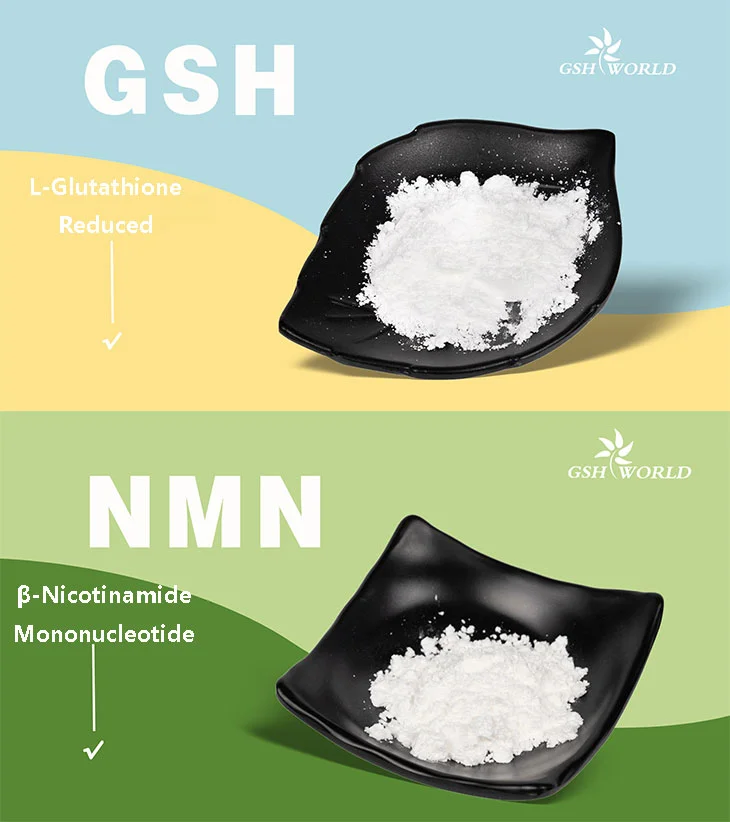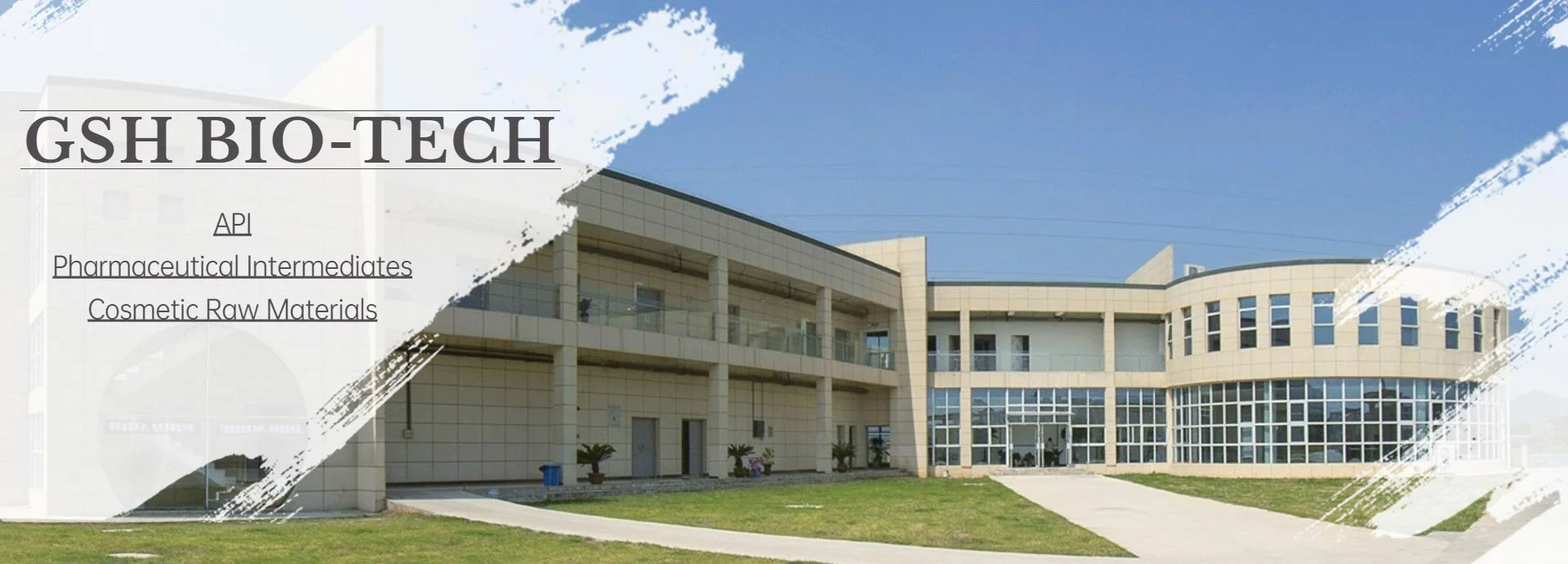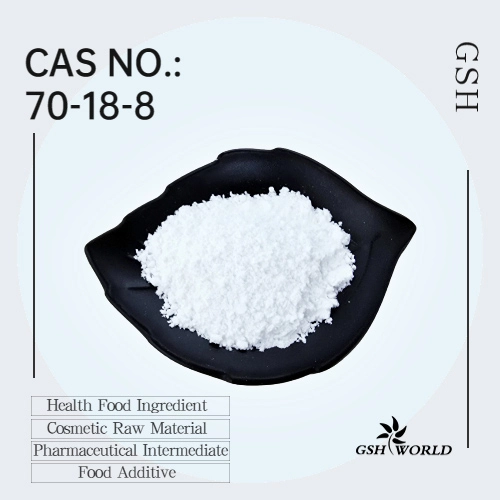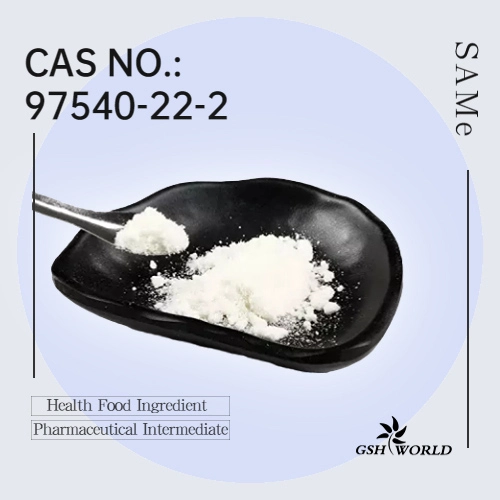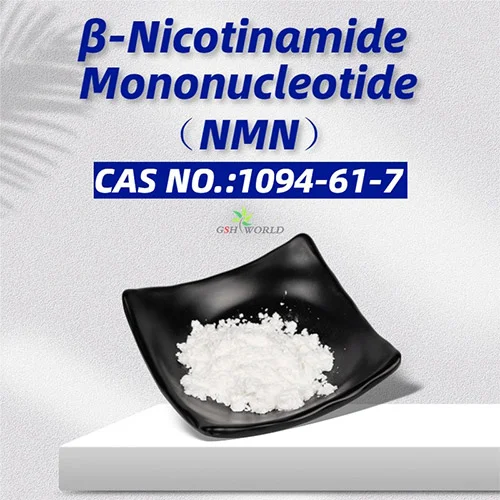nicotinamide mononucleotide vs nicotinamide riboside
Nicotinamide riboside (NR) and Nicotinamide Mononucleotide (NMN) are two popular supplements that claim to boost your levels of nicotinamide adenine dinucleotide (NAD+), a vital molecule for your health and longevity. NAD+ is involved in many cellular processes, such as energy production, DNA repair, gene expression, and stress response. However, NAD+ levels decline with age and under certain conditions, such as stress, inflammation, and disease. This may contribute to various signs of aging and age-related diseases. Therefore, some people take NR or NMN supplements to replenish their NAD+ levels and improve their health and lifespan.
But what are the differences between NR and NMN? And which one is better for you?
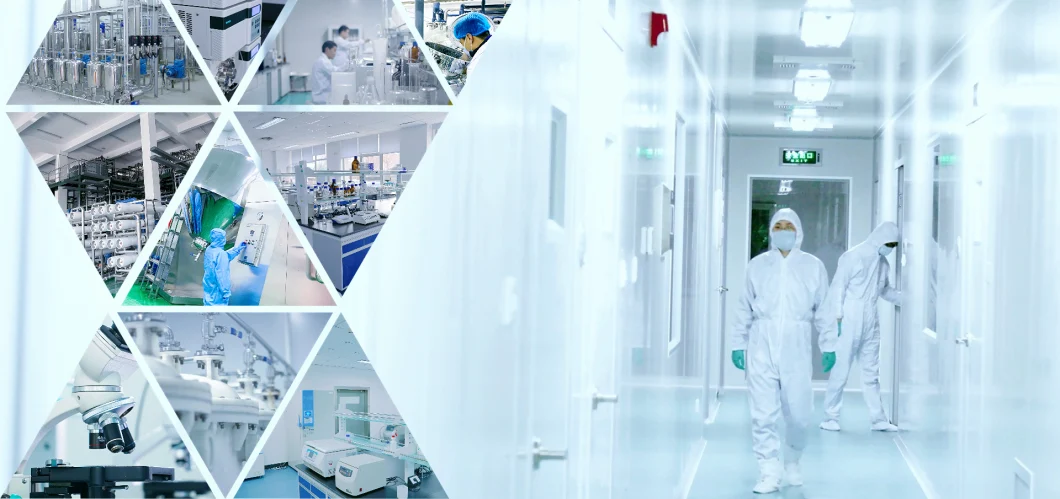
NR and NMN are both precursors of NAD+, which means they can be converted into NAD+ in your body. However, they have different chemical structures and pathways of conversion. NR is a form of vitamin B3 (niacin) that has a ribose sugar attached to it. NMN is not a form of vitamin B3, but it has a phosphate group attached to the ribose sugar. The phosphate group makes NMN larger and more negatively charged than NR, which may affect its ability to enter cells.
The main difference between NR and NMN is how they are converted into NAD+. NR can enter cells directly through special transporters on the cell membrane. Once inside the cell, NR is converted into NMN by an enzyme called nicotinamide riboside kinase (NRK). Then, NMN is converted into NAD+ by an enzyme called nicotinamide mononucleotide adenylyltransferase (NMNAT). This pathway is called the NRK pathway.
NMN, on the other hand, cannot enter cells directly through the same transporters as NR. Instead, NMN has to be broken down into NR outside the cell by an enzyme called CD38. Then, NR can enter the cell through the transporters and be converted into NMN and then NAD+ by the same enzymes as above. Alternatively, NMN can enter cells through other transporters that are not specific for NR. However, these transporters are less abundant and less efficient than the NR transporters1. This pathway is called the CD38 pathway.
The different pathways of conversion may have implications for the effectiveness and safety of NR and NMN supplements. Some studies suggest that NR may be more bioavailable and stable than NMN because it can enter cells more easily and does not require CD38 for conversion. However, other studies suggest that NMN may be more potent and beneficial than NR because it can bypass NRK and increase NAD+ levels more rapidly. Moreover, some studies suggest that both NR and NMN may have similar effects on NAD+ levels and health outcomes .
The evidence for the benefits of NR and NMN supplements is mostly based on animal studies and human trials are limited. Animal studies have shown that both NR and NMN can increase NAD+ levels in various tissues and organs and improve various aspects of health and aging, such as metabolic health, brain health, heart health, exercise performance, lifespan, and more. However, human studies are needed to confirm these findings and determine the optimal dose, duration, and safety of NR and NMN supplements.
In conclusion, NR and NMN are two supplements that aim to boost your NAD+ levels and improve your health and longevity. They have different chemical structures and pathways of conversion into NAD+. Some studies suggest that NR may be more bioavailable and stable than NMN, while others suggest that NMN may be more potent and beneficial than NR. However, more human studies are needed to compare their effects and establish their safety. Therefore, it is not clear which one is better for you at this point.
by GSHWORLD
GSHWORLD is China Biological API Manufacturer. China nicotinamide mononucleotide Supplements powder suppliers & best nicotinamide mononucleotide benefits raw material Factory.


